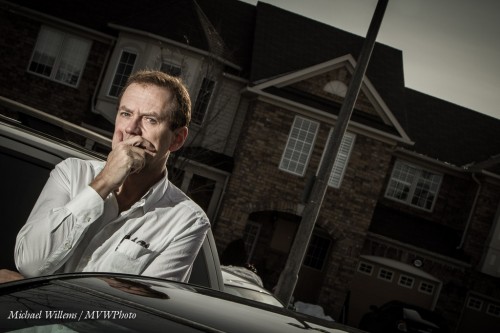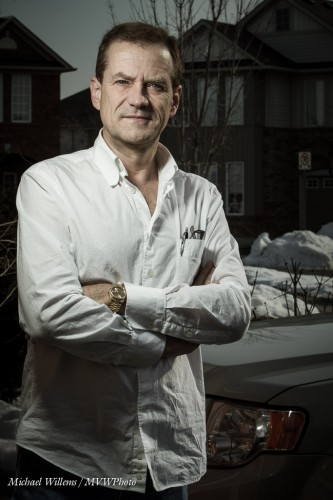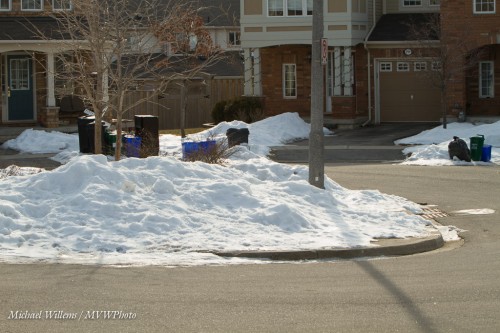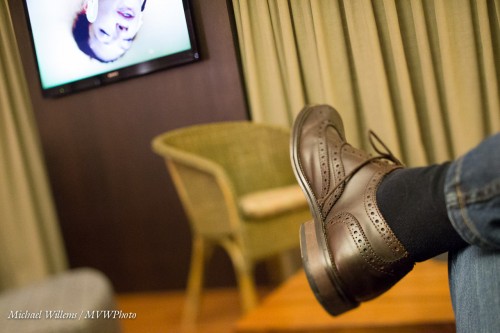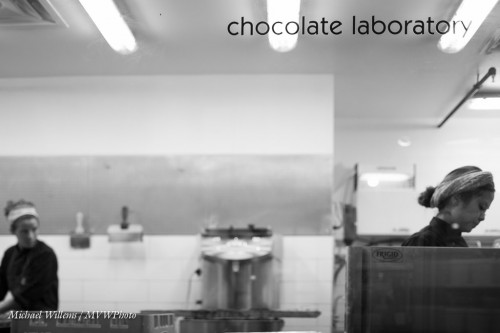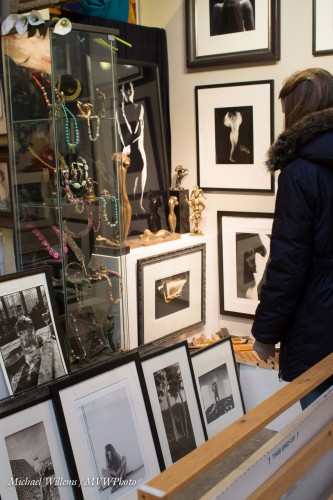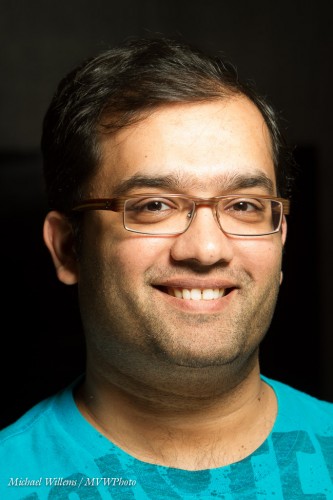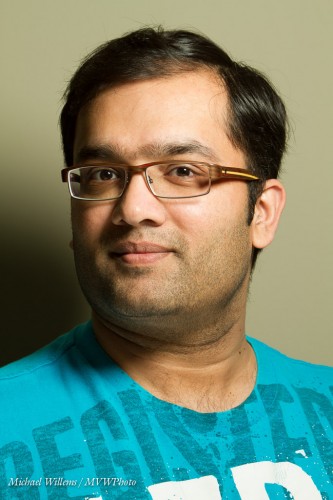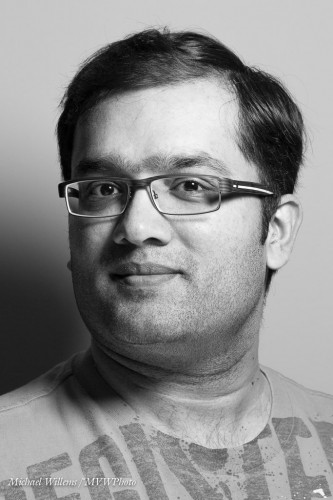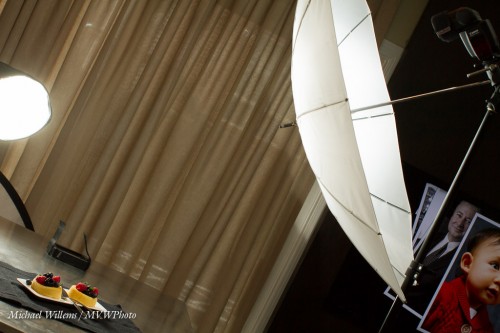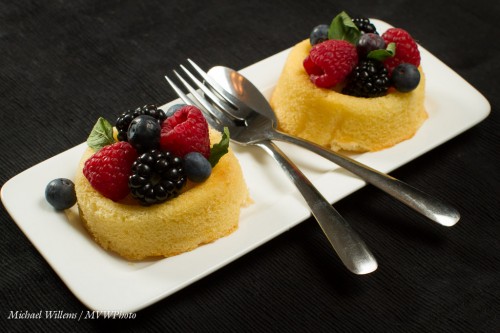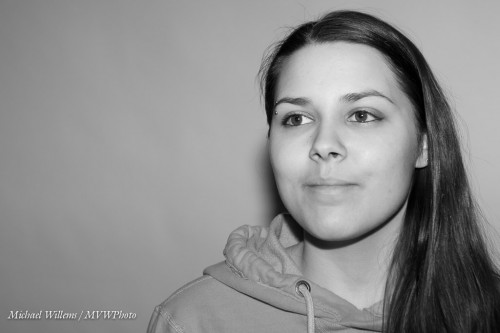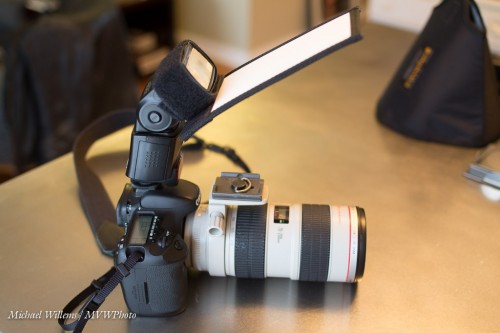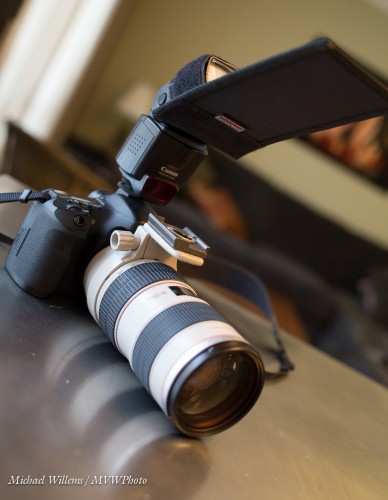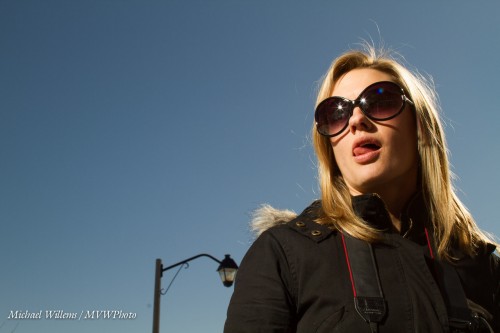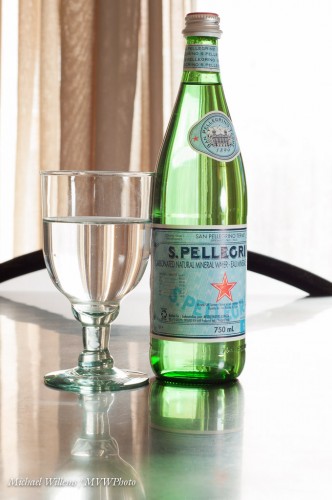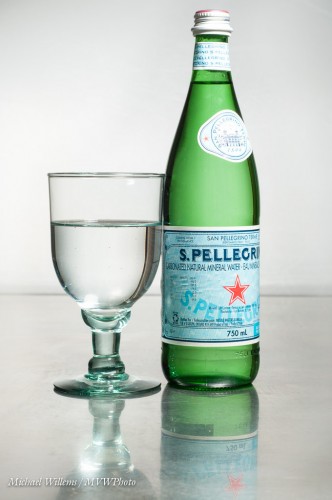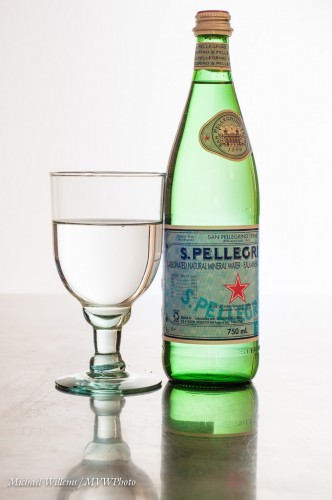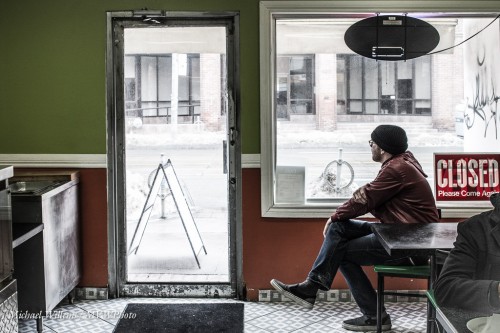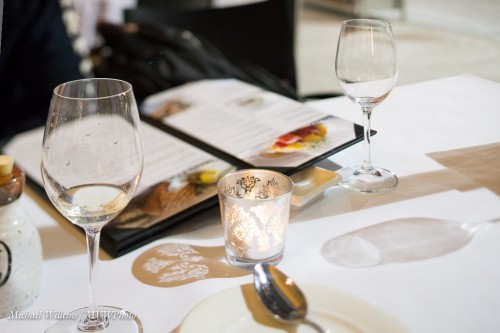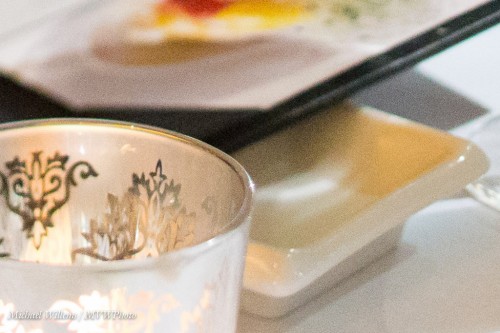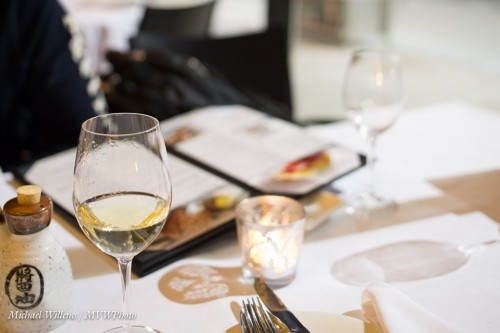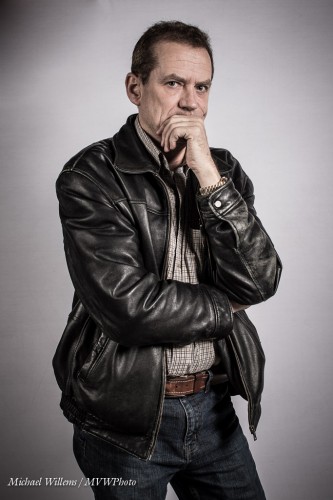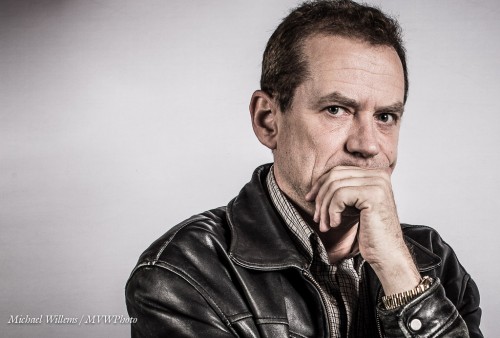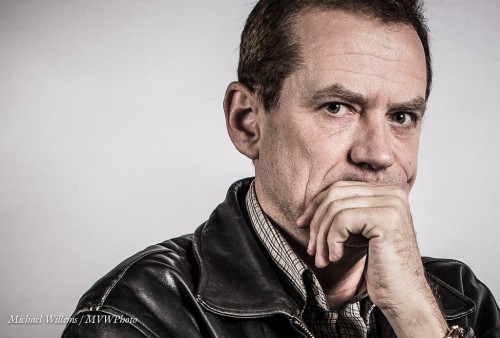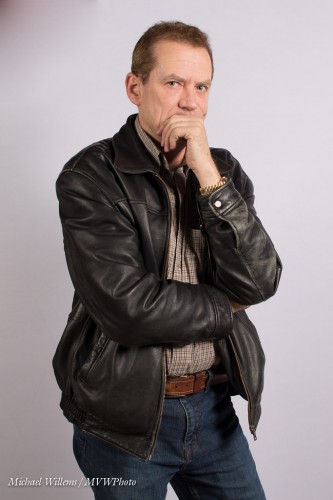Time for a few pictures of the last few days, and a simple discussion of each. Miscellaneous Thursday!
One flash, off-camera, is needed for this (thanks for the tilted composition, Adnan: well done):
Expose for a dark background and use the flash, direct if you want. Another take of the same session:
Both of those have been altered a little in Lightroom: less saturation, more presence. A fashionable technique for post work on dramatic images. But the alteration does not make a material difference: the original looks the same in terms of dark background and dramatically lit subject. It looked more like this: a bright sunny day:
The the evening. 12,800 ISO and the tilt-shift lens while I watch TV gives this effect (unchanged, no noise cancellation done):
As you see, it is clean… and the shoe as well as the TV with “fringe” are both in focus: the focal plane has shifted. And as you also see, 12,800 ISO is fine with this camera. And yes, I carry my camera all the time.
Even when having a hot chocolate on Toronto’s Distillery district:
Degas-like cropping. And no trickery: I simply focused on the window with the room name.
One last Image of the Day: the Kodiak Gallery in Toronto, where some of my work is exhibited and for sale. To wit, three photos are on permanent display, all visible in this image:
Why show this? Because it struck me that I am getting back to the old film skills: the tilt-shift ;lens needs me to focus manually as well as exposing manually – and when I am tilting or shifting, the light meter cannot give an accurate reading. Ao I have to do it by experience. And I usually get it right or nearly so.
And so should you. To be good, you need to know roughly what kind of aperture/shutter/ISO combination will work, just like you need to know roughly how much your supermarket bill will be without using a calculator. So today, shoot everything manually and observe.
___
NOTE: just one spot left on The Art of Shooting Nudes on Saturday. There is time, if you do it now!

